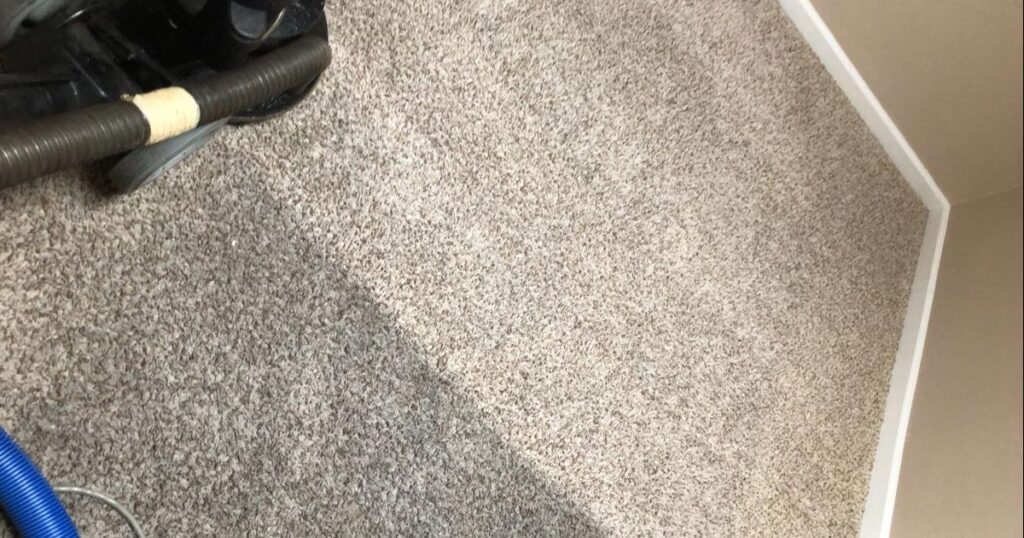For many homeowners and businesses, dealing with the issue of carpet mold can be both frustrating and costly. One of the critical factors contributing to this problem is the humidity levels within your indoor environment. Understanding these levels and how they affect your carpets can help prevent mold from taking hold, ensuring a healthier living space.
Carpet mold is an insidious problem that can arise when humidity levels are not properly controlled. Mold thrives in moist environments, and your carpet can become a breeding ground if the conditions are right. This article will explore the humidity levels that cause carpet mold, how to prevent it, and the importance of maintaining the right conditions in your home or business.

What Are the Ideal Humidity Levels?
To effectively prevent mold growth, maintaining an indoor humidity level between 30% and 50% is crucial. Levels above 60% can create a conducive environment for mold to thrive. Regularly monitoring your home’s humidity with a hygrometer can help you stay within the safe range.
Signs of High Humidity Levels
Recognizing signs of elevated humidity levels can help you take action before mold becomes a problem. Watch for condensation on windows, a musty odor, or visible mold growth on walls or ceilings. These are all indicators that your indoor air may be too humid.
How Humidity Levels Affect Carpets
Carpets are particularly susceptible to mold because they can trap moisture. When the humidity level is high, moisture can accumulate in the carpet fibers, providing an ideal environment for mold spores to grow. Over time, this can lead to permanent damage to your carpets and potential health issues for the occupants.
The Role of Ventilation in Controlling Humidity Levels
Proper ventilation is essential in managing humidity levels. Ensuring that your home or office is well-ventilated can help disperse moisture in the air, reducing the chances of mold growth. Installing exhaust fans in bathrooms and kitchens, and regularly airing out rooms, are simple yet effective methods.
Using Dehumidifiers to Prevent Carpet Mold
Dehumidifiers can be an excellent tool in maintaining optimal humidity levels. By removing excess moisture from the air, they help create an environment where mold is less likely to develop. It’s advisable to use a dehumidifier in areas prone to moisture, such as basements or rooms with carpeting.
Cleaning and Maintenance Tips
Regular cleaning and maintenance can significantly reduce the risk of mold. Vacuum your carpets frequently to remove dirt and dust, which can hold moisture. Consider professional cleaning services, especially if your carpets have been exposed to water or high humidity.
Carpet Mold Prevention Strategies
To further reduce the risk of mold, use mold-resistant carpet padding and avoid carpeting areas with high moisture, like bathrooms or basements. Investing in regular inspections can also help catch potential issues early.
For more information on effective carpet cleaning methods, visit Dry Carpet Cleaning for Mold Prevention.
When to Seek Professional Help
If you notice persistent mold issues despite taking preventive measures, it may be time to seek professional help. Experts can assess the situation, identify the source of moisture, and provide targeted solutions to eliminate mold.
The Importance of Quick Response to Water Damage
Water damage can rapidly increase humidity levels, leading to mold growth. It’s vital to address any leaks or spills immediately to prevent moisture from seeping into your carpets. For tips on handling water damage, see Quick Cleanup for Wet Carpet.
Replacing Moldy Carpet
In severe cases, replacing the carpet may be necessary. Mold can penetrate deeply into carpet fibers, making it difficult to remove completely. Learn more about when to replace moldy carpet at Replace Moldy Carpet.
Conclusion
Understanding and managing humidity levels can significantly impact the health and longevity of your carpets. By maintaining optimal conditions, you can prevent mold, ensuring a safe and pleasant environment for your family or employees. Stay vigilant and proactive in monitoring humidity levels to protect your home or business from the damaging effects of carpet mold.

FAQs
What humidity level causes mold?
Mold generally thrives at humidity levels above 60%. It’s best to keep indoor humidity between 30% and 50% to prevent mold growth.
Can a dehumidifier prevent carpet mold?
Yes, a dehumidifier can help maintain ideal humidity levels, reducing the chances of mold developing on carpets.
How can I tell if my carpet has mold?
Signs of mold in carpet include a musty odor, discoloration, or visible mold growth. If you suspect mold, it’s essential to address it promptly to prevent health issues.
For more insights on mold prevention, you can visit Prevent Mold on Carpets.
This article contains affiliate links. We may earn a commission at no extra cost to you.


